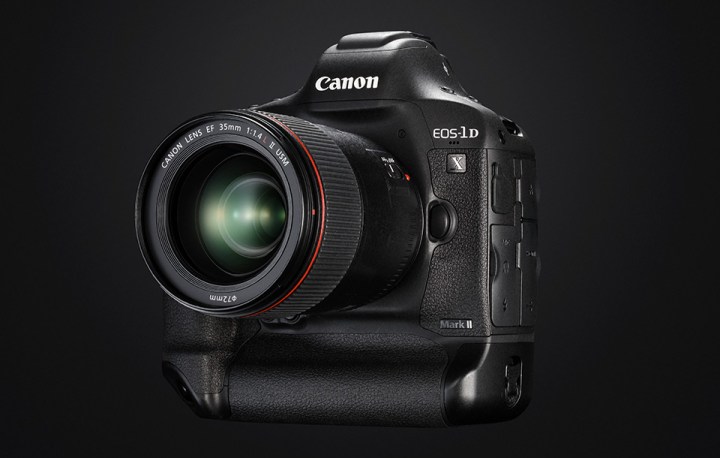
The issue also affects the 85mm F1.4 EX DG HSM and 20mm F1.4 DG HST Art lenses, according to Sigma.
“When the lenses listed below are used and either ‘Evaluative Metering’ or ‘Center-weighted Average Metering’ is selected in Metering Mode of the camera, the image could show some underexposure,” the company said in an official response to customers.
The good news is that there is an easy workaround to resolve the issue. If you disable the camera’s Peripheral Illumination Correction, the issue goes away. Sigma told Digital Trends that this workaround is effective, but it is working on an official fix, via a firmware update to be announced later.

This is always a risk you take when you decide to invest in third-party hardware, even the best lenses, and it’s not the first time that issues have come up between a new camera body and what should be compatible third-party lenses. The nice thing about modern equipment is that the camera and affected lenses are firmware upgradeable.
Canon’s Peripheral Illumination Correction has a history of not playing nice with third-party lenses, however. Some users have reported an issue similar to this when pairing the Sigma 35mm on Canon’s EOS 5D Mark III (although that doesn’t appear to be a widespread issue). This problem is thought to have something to do with the camera not having a profile for the third-party lens.
We’ve reached out to Canon for comment on this issue, but the company hasn’t made a statement.
Editors' Recommendations
- Olympus E-M1 Mark III vs. Olympus E-M1 Mark II: Is the upgrade worth it?
- Nikon D780 vs Canon EOS 6D Mark II: The battle of budget full-frame DSLRs
- The unrestrained 1D X Mark III proves Canon still knows how to lead. Will it?
- Nikon Z 50 vs. Canon EOS M6 Mark II: Nikon’s newest takes on Canon’s champ
- Canon’s EOS-1D X Mark III wants to squash mirrorless with 20 fps, 10-bit color


